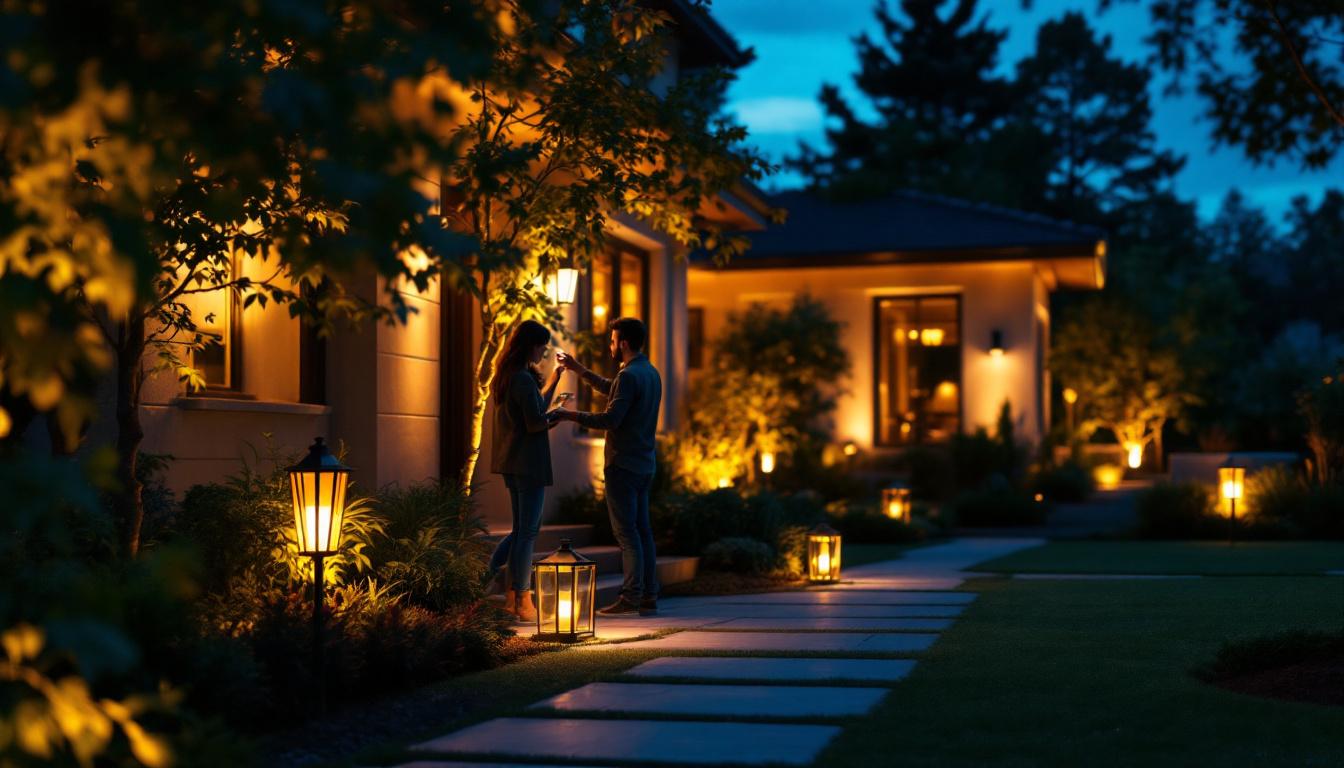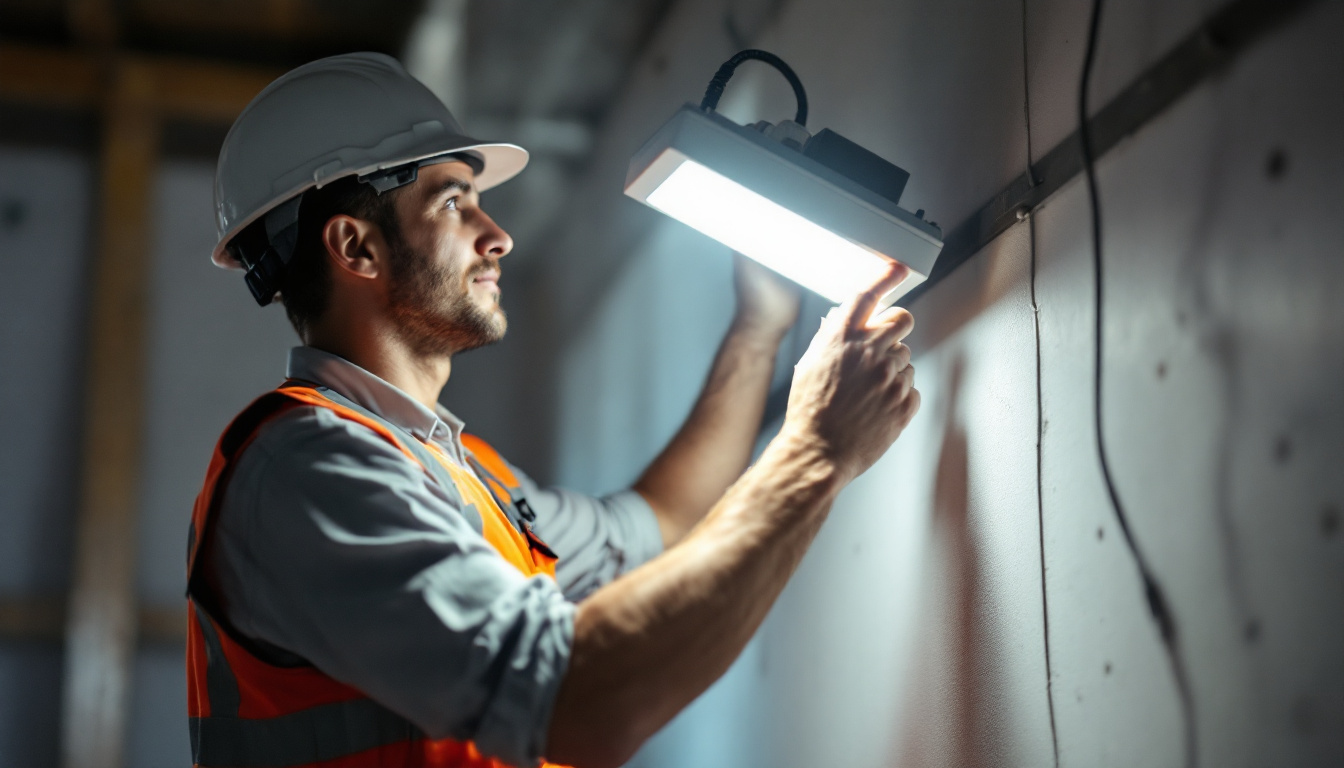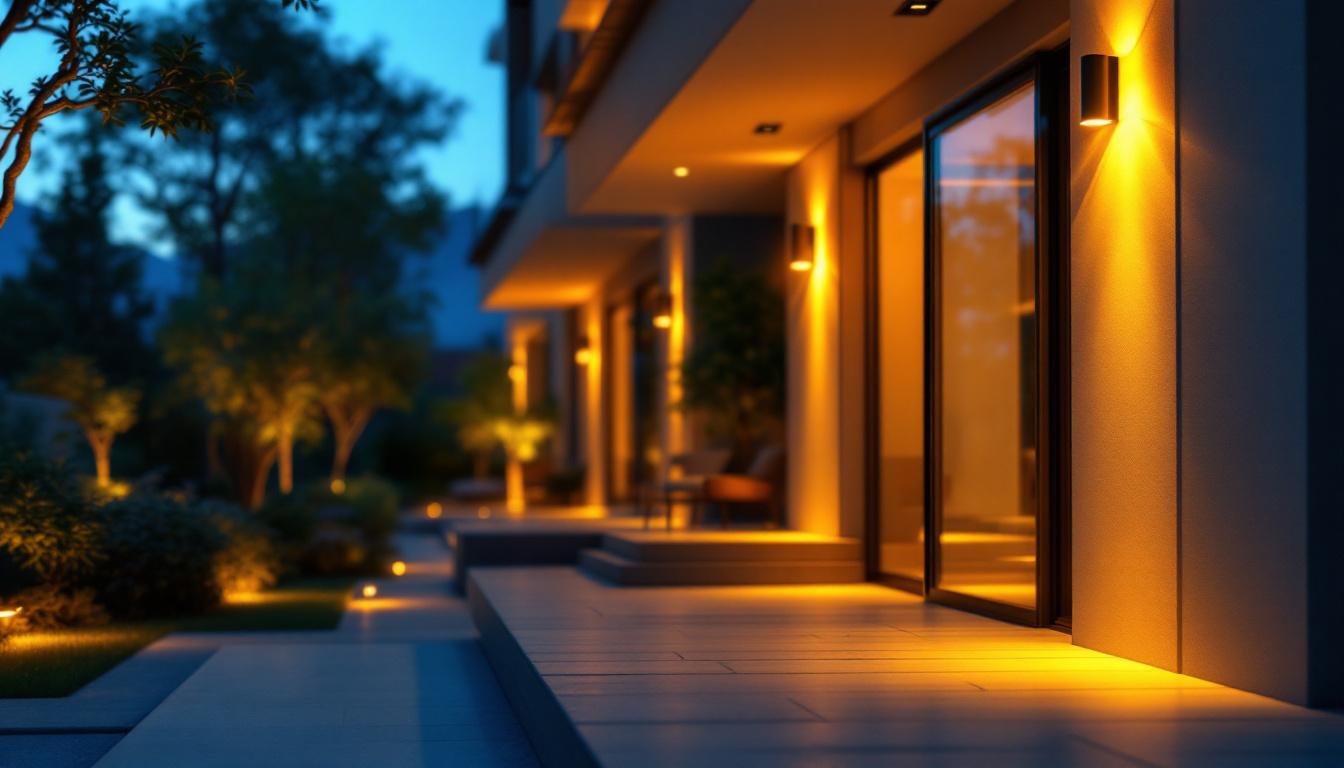
As outdoor lighting continues to gain popularity among homeowners, the demand for effective and efficient lighting solutions has surged. Lighting contractors play a crucial role in this process, often fielding questions about the best practices for outdoor lighting, including the use of timers. This article addresses some of the most common questions that lighting contractors encounter regarding timers for outdoor lighting systems.
Timers are essential components in outdoor lighting systems. They help automate lighting schedules, ensuring that lights turn on and off at designated times. This not only enhances security but also saves energy and prolongs the lifespan of lighting fixtures. However, many contractors may still have questions about how to best implement timers in their projects.
There are several types of timers available for outdoor lighting, each with unique features and benefits. The most common types include mechanical timers, digital timers, and smart timers.
Mechanical timers are straightforward devices that typically use a dial to set on and off times. They are reliable and cost-effective but may lack the flexibility of more advanced options. Digital timers, on the other hand, offer more precise programming capabilities, allowing for multiple on/off cycles throughout the day. They often come with features like randomization to deter potential intruders.
Smart timers integrate with home automation systems, enabling users to control their outdoor lighting remotely via smartphone apps. These timers can be programmed to adjust based on sunset and sunrise times, making them a popular choice for tech-savvy homeowners. Additionally, many smart timers can be linked with weather forecasts, allowing them to adjust lighting schedules based on anticipated weather conditions, such as rain or snow, ensuring that outdoor spaces remain well-lit and safe.
Energy efficiency is a significant concern for many homeowners, and timers play a vital role in achieving it. By automating outdoor lighting schedules, timers ensure that lights are only on when needed. This can lead to substantial energy savings, particularly for homes with extensive outdoor lighting systems.
Additionally, timers can help reduce the wear and tear on lighting fixtures. By limiting the hours of operation, contractors can extend the lifespan of bulbs and fixtures, leading to lower maintenance costs for homeowners. Furthermore, the implementation of timers can contribute to a more sustainable lifestyle, as reduced energy consumption not only lowers utility bills but also lessens the overall carbon footprint of a household.
Yes, timers can be seamlessly integrated with various outdoor lighting features. For instance, they can work in conjunction with motion sensors, ensuring that lights turn on when movement is detected and then turn off after a set period of inactivity. This combination enhances security while further conserving energy.
Moreover, timers can be programmed to work with dimmers, allowing for adjustable brightness levels based on the time of day or specific events. This versatility makes timers a valuable component in creating customized outdoor lighting solutions. Additionally, timers can also be synchronized with landscape lighting, accentuating garden features and pathways during evening gatherings or special occasions, thus enhancing the overall ambiance of outdoor spaces. With the right setup, homeowners can create a dynamic lighting experience that not only serves practical purposes but also elevates the aesthetic appeal of their property.
When installing timers for outdoor lighting, several factors must be considered to ensure optimal performance and longevity. Proper installation not only enhances functionality but also minimizes potential issues down the line.
The location of the timer is crucial. Timers should be installed in a dry, sheltered area to protect them from the elements. Exposure to moisture can lead to malfunctions and shorten the lifespan of the device. Additionally, contractors should consider the proximity of the timer to the lighting fixtures to minimize wiring runs and potential voltage drop.
Environmental factors, such as temperature fluctuations and humidity levels, can also impact timer performance. Selecting timers rated for outdoor use can mitigate these concerns, ensuring reliable operation regardless of weather conditions. Moreover, it’s beneficial to position the timer away from direct sunlight, as excessive heat can affect its internal components. A shaded area not only enhances the timer’s durability but also helps maintain consistent performance throughout varying seasons.
Proper wiring is essential for the successful operation of outdoor lighting timers. Contractors must ensure that the timer is compatible with the lighting system in place, including voltage requirements. Most outdoor lighting systems operate on low voltage, typically 12V or 24V, so selecting a timer that accommodates these specifications is vital.
Additionally, using high-quality wiring and connectors can help prevent issues related to corrosion and electrical failure. It’s advisable to follow local electrical codes and guidelines during installation to ensure safety and compliance. Furthermore, employing weatherproof connectors and conduit can provide an extra layer of protection against the elements, ensuring that the wiring remains intact and functional over time. This attention to detail can significantly reduce maintenance needs and extend the overall life of the lighting system.
Once installed, programming the timer correctly is key to maximizing its benefits. Many timers come with user-friendly interfaces, but understanding the specific features and settings is essential for optimal performance.
Contractors should familiarize themselves with the timer’s programming instructions, including setting the correct time, configuring on/off schedules, and utilizing any advanced features. Providing homeowners with clear instructions on how to adjust settings can also enhance customer satisfaction and reduce the likelihood of service calls. Additionally, it may be worthwhile to discuss the benefits of using seasonal adjustments, which allow the timer to adapt to changing daylight hours throughout the year. This feature can optimize energy usage and ensure that outdoor spaces are well-lit when needed, enhancing both safety and aesthetics during evening hours.
Even with proper installation and programming, issues can arise with outdoor lighting timers. Understanding common problems and their solutions can save contractors time and enhance their reputation for reliability.
If a timer is unresponsive, the first step is to check the power supply. Ensure that the timer is properly connected to the electrical source and that there are no blown fuses or tripped breakers. If the power supply is intact, the timer may need to be reset according to the manufacturer’s instructions.
In some cases, the issue may stem from a faulty timer. Testing the timer with a multimeter can help determine if it is functioning correctly. If it is defective, replacing it may be the best option.
Inconsistent lighting schedules can frustrate homeowners. This issue may arise from incorrect programming or a malfunctioning timer. Contractors should double-check the programming settings to ensure they align with the homeowner’s preferences.
If the programming appears correct, it may be worth checking for any interference from nearby devices or electrical systems that could affect the timer’s performance. In some instances, relocating the timer may resolve the issue.
When lights fail to turn on or off as scheduled, it can indicate a problem with the timer, wiring, or the lighting fixtures themselves. Contractors should first inspect the wiring for any signs of damage or loose connections. A thorough visual inspection can often reveal issues that are easily fixable.
If the wiring is intact, testing the timer and the light fixtures may be necessary to identify the source of the problem. Replacing faulty components can restore functionality and ensure the outdoor lighting system operates as intended.
To ensure successful outdoor lighting installations, contractors should adhere to best practices that promote efficiency, safety, and customer satisfaction. These practices can enhance the overall quality of service provided to clients.
The outdoor lighting industry is continually evolving, with new technologies and products emerging regularly. Staying updated on the latest advancements, including timers, can give contractors a competitive edge. This knowledge allows contractors to recommend the most efficient and effective solutions to their clients.
Participating in industry seminars, workshops, and online courses can help contractors keep their skills sharp and stay informed about new products and technologies. Networking with other professionals in the field can also provide valuable insights and tips.
Educating homeowners about the benefits and functionalities of timers can enhance their overall experience. Providing clear explanations about how timers work, their energy-saving potential, and how to program them can empower homeowners to make informed decisions.
Offering maintenance tips and guidance on adjusting settings based on seasonal changes can also foster long-term relationships with clients. Homeowners who feel knowledgeable about their systems are more likely to appreciate the value of the services provided.
Quality installations are the foundation of a successful outdoor lighting business. Taking the time to ensure that timers and lighting fixtures are installed correctly can prevent future issues and enhance customer satisfaction. This attention to detail can lead to positive reviews and referrals, ultimately benefiting the contractor’s reputation and business growth.
Timers for outdoor lighting are invaluable tools that enhance efficiency, security, and convenience. By understanding the various types of timers, installation considerations, troubleshooting techniques, and best practices, lighting contractors can provide exceptional service to their clients. As outdoor lighting continues to evolve, staying informed and adaptable will ensure that contractors can meet the growing demands of homeowners seeking innovative lighting solutions.
Incorporating timers into outdoor lighting projects not only improves functionality but also positions contractors as knowledgeable and reliable professionals in the field. By addressing common questions and concerns, contractors can foster trust and build lasting relationships with their clients, ultimately leading to a successful and thriving business.
Ready to elevate your outdoor lighting projects with timers that promise efficiency and sophistication? Look no further than LumenWholesale, where we offer an extensive selection of top-quality, spec-grade lighting products at unbeatable wholesale prices. Say goodbye to inflated markups and hello to superior lighting solutions that meet the highest industry standards. With free shipping on bulk orders, you can stock up on reliable, high-performance timers and more, ensuring you deliver excellence to your clients every time. Don’t compromise on quality or value; Wholesale Lighting at the Best Value is just a click away. Experience the LumenWholesale difference today!

Discover the pitfalls lighting contractors often face with dimmable light switches.

Discover how flood landscape lights can transform your outdoor spaces by enhancing safety and visibility.

Discover the frequent pitfalls lighting contractors face when working with the Vale Engineered Lighting Veln-8Ft-80W.

Illuminate your outdoor spaces with style and sophistication! Discover expert tips from lighting contractors on selecting and installing high-end outdoor lighting to enhance your home’s curb appeal and functionality..